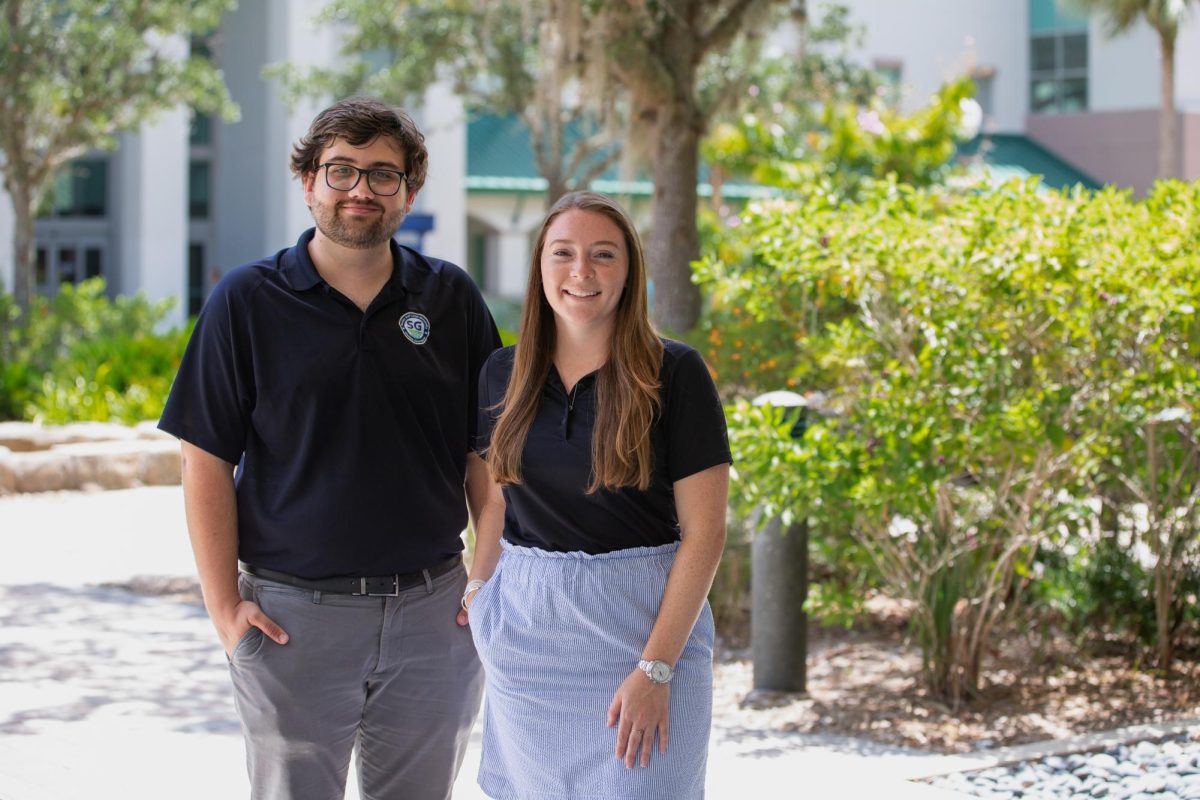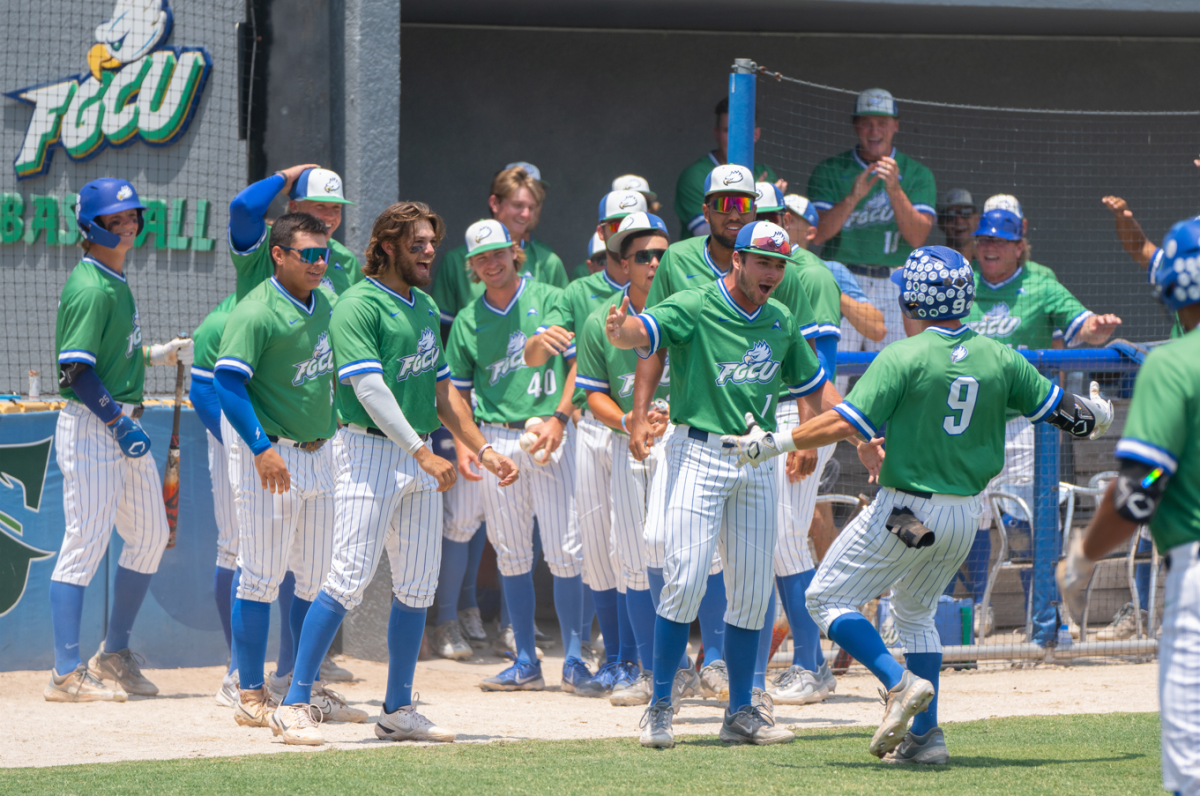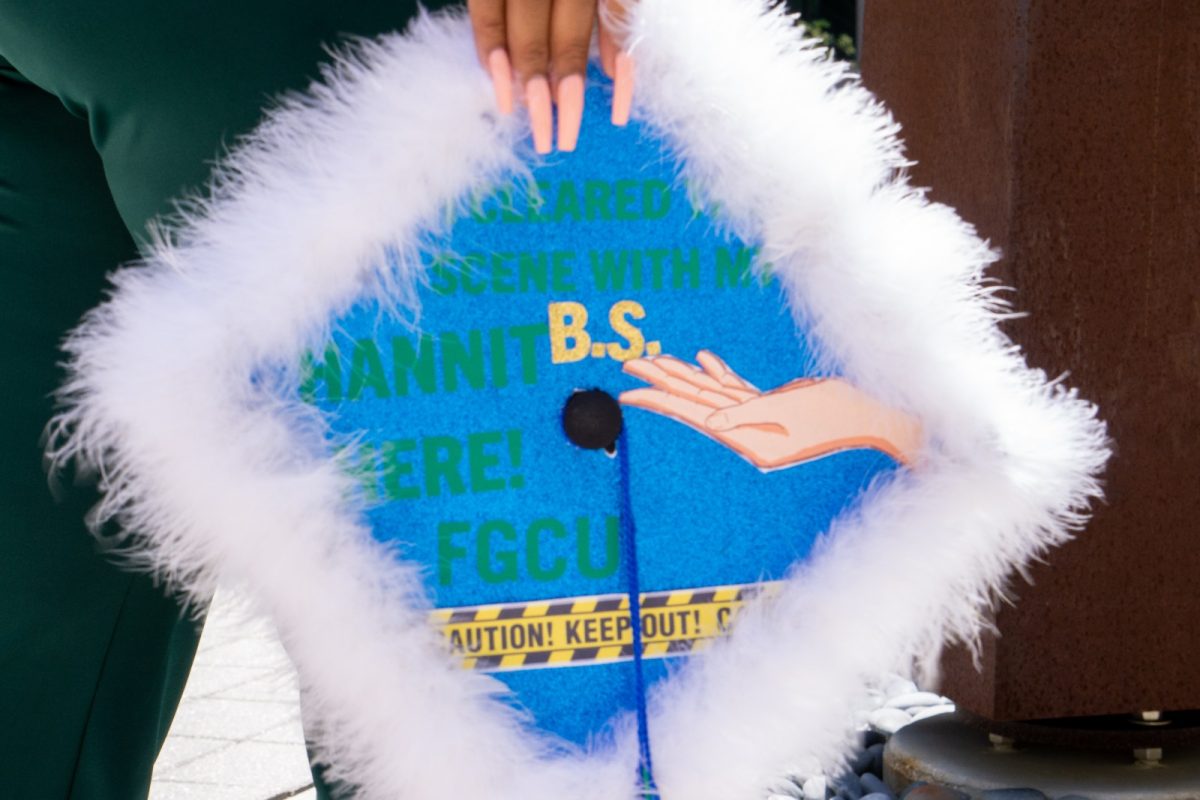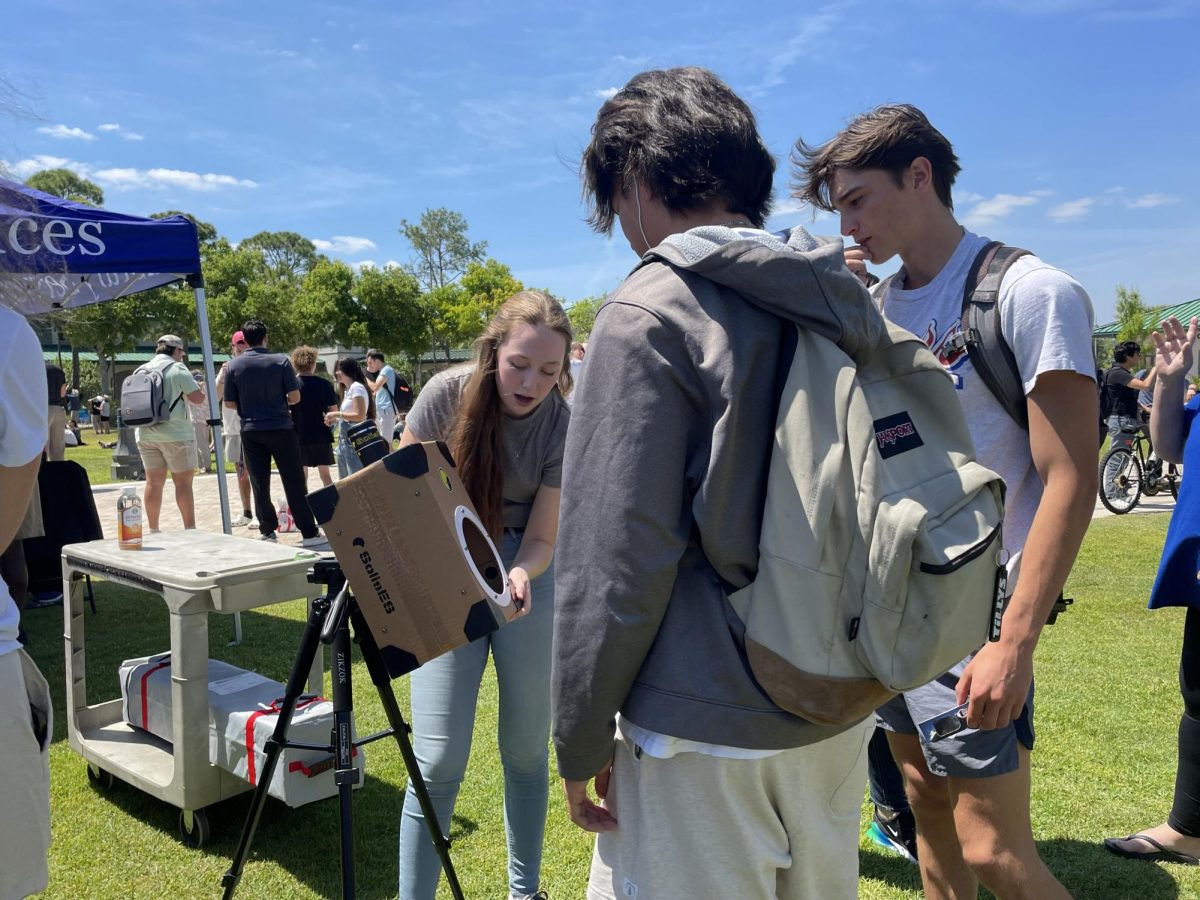It’s said originality has perished to time and experience, and nothing remains that someone hasn’t already done. However, an FGCU science professor has defied this theory by being the first man to publish a repeatable experiment that allows for the successful raising of a unique species of invertebrates — fire shrimp.
Lysmata debelius, or fire shrimp as they are known in the aquarium business, are a species of cleaner shrimp. The name comes from their vibrant red coloration while the designation derives from their feeding habit of cleaning parasites off of other marine life.
Professor Matthew R. Palmtag, an expert in the field of marine biology and the second person ever to rear these decapod crustaceans, says learning to breed these animals and others in captivity reduces damage to coral reefs caused by the collection of marine life from them. Dr. David J. Fletcher was the first to accomplish this, but kept his findings mostly undisclosed for posterity reasons. In Palmtag’s words, “It (the paper) provided some data for survival and some food types that he fed the larvae, but it was really incomplete. No one could have read what he wrote in his publication and successfully raised these shrimp in captivity using instructions that just weren’t there.”
Captive breeding of fire shrimp is extremely difficult as the fragile larvae are easily killed by even the slightest variance in environmental conditions. Finding the right variables for the larvae to thrive in is the greatest challenge — the entire food chain must be artificially recreated. The shrimp larvae feed on live zooplankton to get the nutrients required for proper growth, but the zooplankton must also feed on live phytoplankton in order to have the nutrients to pass on.
“For every species, there’s a different combination of both care, the type of enclosure you would house the larvae in—the tank— and the type of food you would give species,” says Palmtag. “I really developed methods that were specific to this species that were previously undetermined.” One of the key elements, aside from diet, when raising these creatures is the habitat in which they are reared. Water flow must be delicately controlled; too little, and the larvae can’t get the food they need; too much, and the fragile creatures might be damaged by aquatic buffering from filters or air trauma from aeration systems. Wide and gentle currents are what it takes to mimic their natural oceanic environment.
Likewise, both the larvae and their prey must be isolated from the main tank for similar reasons. A mesh tube allows water to flow in and out without risking larvae being sucked into a filter and prevent the food from dispersing too much. For the fire shrimp, a food density of 3-4 organisms per ml of water is required. This technique also works with the closely related peppermint shrimp and could potentially be used for other species of fire shrimp as well.
There is also a considerable commercial and environmental benefit to learning to raise such animals in captivity. As a more unusual species of cleaner shrimp, Palmtag fire shrimp can fetch a good price at a retail aquarium store. The shrimp and other reef animals are therefore collected off of natural reefs in numbers such fragile ecosystems sometimes cannot afford. An entire market revolves around the capture, export and sale of marine life for aquarium use, and it spells bad news for reef stability.
Palmtag said the following is his driving decision behind publishing his experimental processes: “The thought is, by raising these organisms in captivity, we could alleviate some of those pressures on natural populations and therefore reduce some amount of coral reef destruction. In addition to that, although I was never able to—well, I guess I was able to do this in a sense —and that is to give this information to the people who collect the fish. These people, they live in developing countries — they don’t mean to destroy the environment, they’re collecting these fish to feed their families. So the real goal in my mind is to be able to provide them with the know-how to raise these fish in captivity so not only will that preserve their economic well-being but also their ability to sustain their own environment.”
In their reef habitats, fire shrimp fulfill a unique niche as a service organism. As the name cleaner shrimp would suggest, fire shrimp and their cousins feed by removing parasites from the bodies of fish — sometimes even ones inside their mouths. Many of the fish they service would be a predator any other day, but there is a hypothesis that the bright coloration of cleaner shrimp indicates that they are more useful alive than eaten. In nature, this is called a symbiotic relationship: the fish gets a free health screening while the shrimp gets a meal and a free pass from being lunch. It’s much like the relationship between a doctor and a patient, or perhaps a dog and its groomer. The role of the cleaner shrimp carries over into an artificial tank environment as well, increasing the value of obtaining them beyond merely ornamental.
Palmtag used to be in the business of raising marine animals for profit before going into the teaching profession, but he still aspires to be the absolute first to raise a new species as well as to continue to develop protocols for caring for them. His specific interest is in larval nutrition, but he expects he may branch out if he can gather the resources needed. Currently, he is working on rearing spot tailed hogfish, which he has managed to keep alive for 25 days so far. The incredible time and patience required to successfully recreate the environment needed for each brood to survive is testament to the dedication of researchers like Palmtag, who comments, “For however many successes you have, you usually have a dozen failures.”
Consider that next time you walk into an aquarium store — how precariously each and every organism in there fits into its environment, natural or artificial.
You can see Matthew Palmtag’s fully published documentation regarding the rearing of fire shrimp at http://nsgl.gso.uri.edu/tamu/tamug01003.pdf
Professor’s shrimp-raising experiment could help save reefs
September 4, 2013
Story continues below advertisement


































